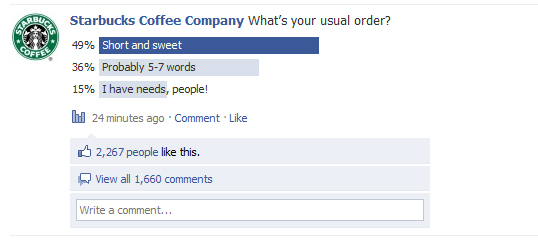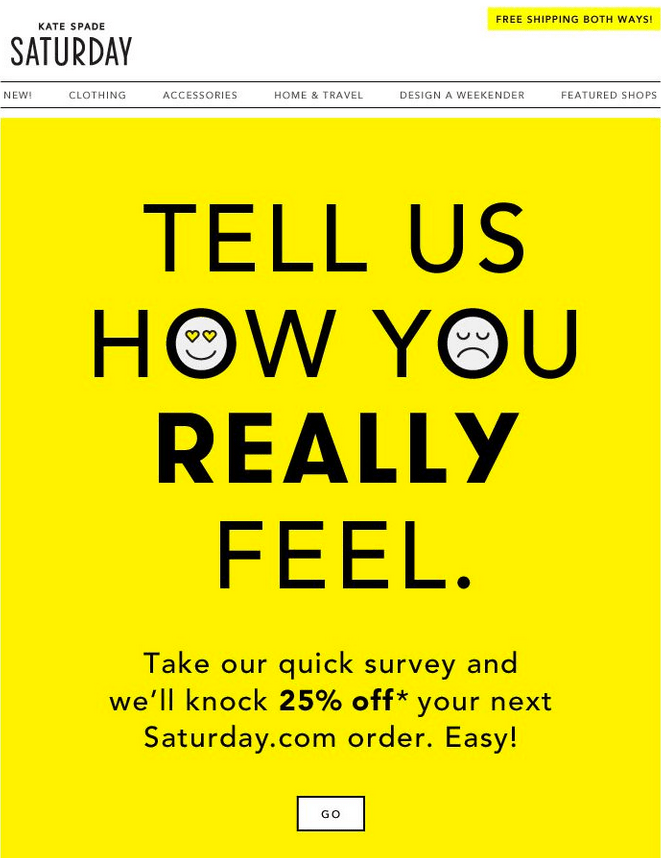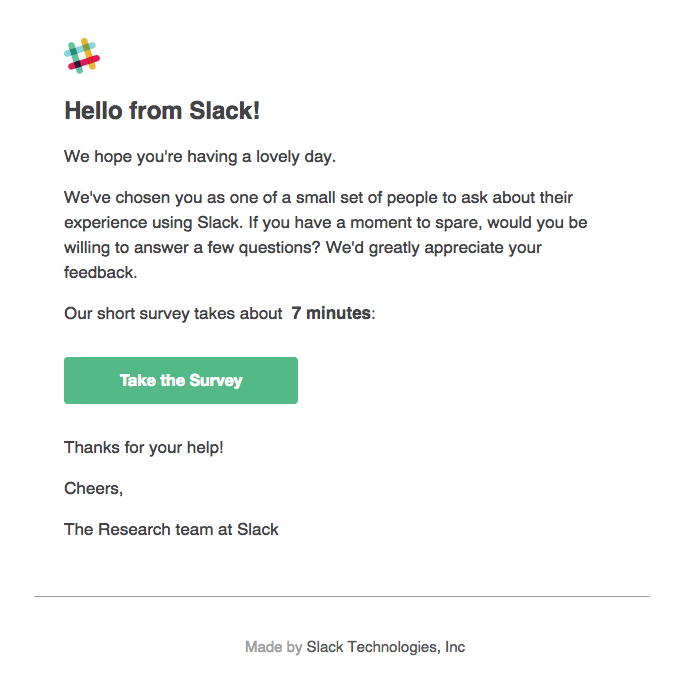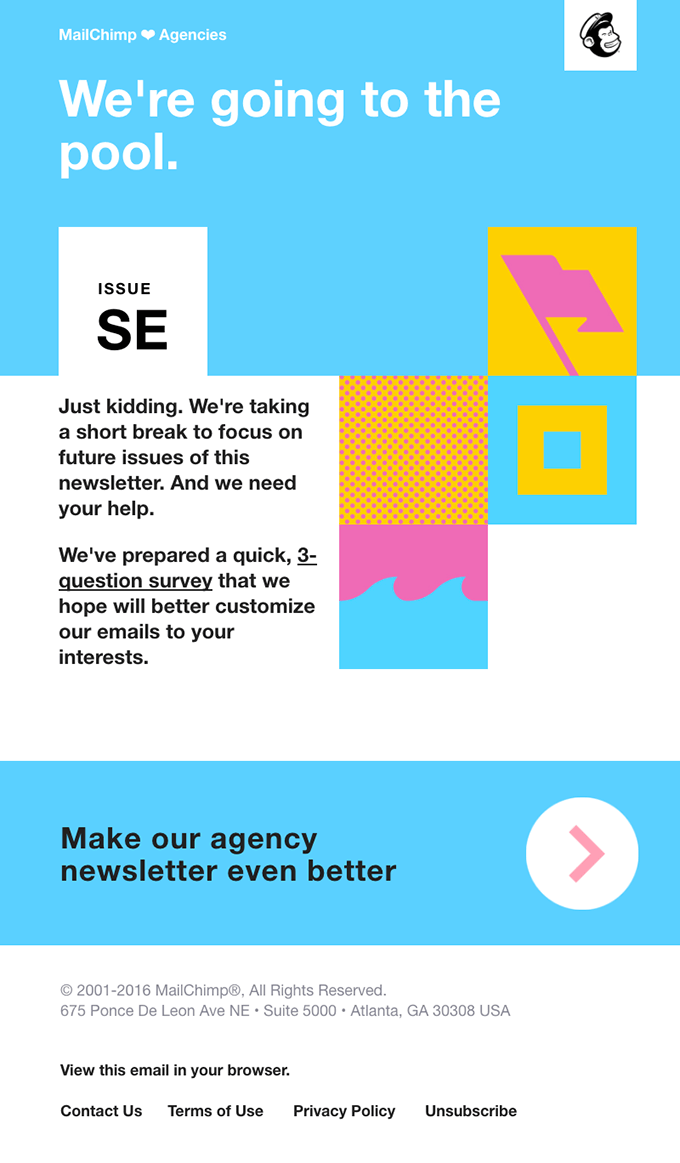What is the difference between Feedback and Criticism?
Knowing the difference between feedback and criticism is mandatory if you are looking to improve your leadership skills.
What is feedback?
As per Merriam-Webster Dictionary, the definition of feedback in a professional context is the transmission of evaluative or corrective information about an action, event, or process to the original or controlling source, also the information so transmitted.
As the definition clearly states, feedback is about one professional giving another professional relevant information with the goal of improving the quality of a piece of content (social media post design, blog post, project, software, song, book, etc).
Feedback is usually requested by the owner or creator of the respective piece of content. It’s an intermediary stage before the project is closed and delivered to the client. The person giving the feedback is either the manager or team member.
When there is a process in place, with clearly set stages (brainstorming, early draft, feedback, feedback implementation, final work), feedback is mandatory and given at a particular stage in the process.
What should your feedback contain?
Useful feedback doesn’t focus on the elements that could use improvement only. Your feedback should also acknowledge what the creator did right whether it’s choice of colour, overall vibe or tone, appropriate use of brand assets and style.
Start with the positive to put the creator in a relaxed frame of mind, build trust and show them your goal is to help them improve and grow.
After that, talk about what elements they should do further work on. Refrain from using What is wrong about your piece of content is….. Instead, use The elements which require further work are …..
Avoid ambiguity or general statements. Be specific and always explain your feedback: because the colours are not on-brand or because the copy for the social media post doesn’t observe the brand’s archetype, etc.
Suggest solutions or resources that can help the creator solve a particular problem or inspire them with a different approach.
What to consider when giving feedback
In a timely manner. Provide feedback immediately if possible when the work is fresh and the creator is open to suggestions and improvements.
Don’t use You or Should statements. Providing feedback with You did this or You should have done will make the other person feel attacked. When you centre your feedback on the other person, they will feel discouraged and their self-esteem and confidence will plummet. How are they going to implement your feedback if you’ve made them feel like a failure?
Focus on positive motivation. Your feedback should empower the creator to take your suggestions and improve the respective piece of content.
Be specific and focus on facts. How will the creator improve the content if your feedback is vague or general or based on your opinion? Your opinion is not feedback. An opinion is a personal view about something which is not necessarily based on fact or knowledge. Your opinion could be influenced by personal preferences or biases.
Always say why. This is the part where the person receiving your feedback learns the most from. When your explanation is on point, you help the creator to self-correct next time. If you explain that the campaign doesn’t get the green light because it doesn’t address the customer’s main pain point, you set the team for success with their next campaign. The first thing they will be asking themselves before presenting their campaign idea to you will be Is this a relevant solution for our customers?

What is criticism?
As per Merriam-Webster dictionary, criticism is the act of criticizing usually unfavourably. Criticism is focused on highlighting faults without offering solutions.
What’s the difference between feedback and criticism?
When?
If we look at the respective piece of content as the result of a process, feedback is at an intermediary stage in the creation process, before the content is done and delivered to the client. Criticism is given after the process has ended and the project has been delivered.
Who?
Feedback is requested by the owner of the project or provided mandatory by the project manager or team members. Criticism is not requested, it is given by the project’s client.
Goal
The goal of feedback is to improve the end result. The goal of criticism is to highlight the shortcomings of the end result and sometimes of the creator himself.
Result
After receiving feedback on their work, creators feel empowered to improve and do better next time having been given relevant tools to do so. Because criticism only focuses on what’s wrong with the project or piece of content, it could negatively affect the creator’s self-esteem and lead to low confidence levels.
Challenges
Providing feedback requires communication skills that need exercising. Feedback is a combination of fact-based explanation, solutions and empathy. Criticism is mostly negative, judgemental and speaks more about the person giving it than the person at the receiving end.
Conclusion
In a professional environment, and especially inside the workplace, feedback is the most appropriate tool.
Feedback creates trust, facilitates learning and growing and it’s the preferred manner in which more experienced professionals share their knowledge and expertise. It is motivating.
Criticism leads to low self-esteem and confidence among the employees and teaches them to use a negative way of communication.
Professionals receiving criticism don’t learn anything and could foster resentment towards the person criticizing them and making them feel bad about themselves. It creates a toxic work environment and could affect the bottom line of the business.
7 Smart Ways to Collect Customer Feedback Online
Customer feedback is the best way to improve your product.
If asked, your customers will tell you what they like and what they don’t like and how they use your product (which sometimes you never thought about). If you take a step back and look at the bigger picture, your customers feedback can turn into valuable insights which may point to future business development directions.
Pictures are worth a thousand words so keep reading because we will delight you with illustrative examples.
Here are 7 smart ways to collect customer feedback online:
1. Survey forms
Whether you use Google forms, JotForm or TypeForm, the times of customers filling in boring feedback forms are long gone.
Now companies and organizations have a plethora of services which help them collect customer feedback while providing a pleasant experience.
The way your company is collecting feedback is as important as any other form of communication. It is an opportunity to show your customer that you care about their insights and you also care about how you are speaking to them.
Google Forms is one of the widely used online service to collect customer feedback:
- You can use your own photo or logo;
- It is intuitive – it will pick just the right colors to complete your own unique form;
- It provides you with a set of curated themes to set the tone;
- You can add images and YouTube videos to keep your customer engaged;
- There are multiple question options;
- Your forms have responsive formats;
- Responses are automatically organized;
- You can add collaborators.
JotForm is another provider of great survey forms:
- The collected information is sent directly to your integrated accounts and email inbox;
- It is integrated with MailChimp, Dropbox, Google drive etc;
- Its forms are specifically designed for various industries: marketing, healthcare, agencies, designers etc;
- You can add payment processing to your form (PayPal is one of the supported payment platforms);
- You can choose from a wide range of free form templates.
TypeForm is also a provider of survey forms with a twist:
- It puts the spotlight on conversational;
- It offers templates for every stage of the customer journey;
- It has a great interface that keeps people engaged;
- Make your questions pop with gifs, images, videos;
- Easy embedding into your website.
2. Instagram Story poll
In october 2017, Instagram introduced the interactive poll stickers that allow companies to ask questions and see results from followers as they vote.
Given there are 400 million daily active Stories users worldwide (statista.com), the poll sticker is a great and fun way to collect feedback from your customers.

image source: curalate.com
3. Facebook poll feature
Facebook is another social media platform which helps companies collect audience data.
By using polls, your company can increase its organic reach, attract attention, build brand awareness, build a relationship with your audience and increase engagement.

image source: entrepidinc.com
4. Surveys on your website
You have been working hard to attract visitors to your website.
Why not make the best of their visit and ask them questions using a website-hosted survey?
SurveyMonkey is one of the service you can use to host your surveys on your website.
Here are 3 types of surveys provided by SurveyMonkey:
- Pop up in a window – it provides a direct method of getting in front of your users;
- Website embedded – use it when you don’t want to interrupt your website visitors experience;
- Pop up invitation – it is correlated with the embedded survey because it pops up inviting your website visitor to take a survey.
Find out how Hootsuite used Qualaroo to discover valuable insights related to their landing page visitors behaviours.
5. Social media listening
Whether they are happy about your product or angry about your service, your customers turn to social media to tell everyone about it.
According to a Marketing Land study, 71 percent of all complaints on social media are posted on Facebook.
They may not mention your brand name so if you are not using a social media listening tool, you may miss out on a great opportunity to collect feedback.
Here are 7 ways you can grow your business using social media listening tools.
6. Chatbots
Chatbots are one of the most flexible and efficient automation tools available right now.
They can be programmed to achieve various objectives and meet company needs through conversation. They can live on company’s website, inside your company’s app or Messenger.
From increasing sales to qualifying leads, there is little chatbots cannot do. Using chatbots instead of the good old survey forms is a step up in the right direction. Chatbots can actually support your company to create a more engaging, fun and ultimately human customer experience.
Discover more about the benefits of chatbots in our article How to gain more leads with conversational marketing.

image source: chatbotslife.com
7. Survey inside Messenger
In a recent study, Survey Monkey found that 9 out of 10 people who took a survey on Messenger enjoyed their experience and would take a survey again in the app.
There are over 1 billion people messaging Facebook pages every month to ask questions so Messenger is definitely a great medium to talk to your customers and collect their feedback.

Learn about conducting surveys inside Messenger here.
Tips on how to craft your questions
Whatever tool you are using to collect customer feedback, here are our tips on how to craft your survey questions:
- Write your questions with your customer in mind what’s in it for them;
- Be specific and on point – asking vague questions will only get you vague answers;
- Be creative;
- If your survey is long-form, give them an incentive to complete your survey;
- Segment your customers and ask them laser-focused questions;
- Tell them they belong to a selected few;
- Get their attention with humour;
- Use a problem you have already identified as a starting point.
Here are a few examples:

image source: marketingland.com

image source: reallygoodemails.com

image source: reallygoodemails.com

image source: essenceofemail.com
10 Things You Might Not Know About Gary Vaynerchuk
We are thrilled to announce that Gary Vaynerchuk is coming to BRAND MINDS 2020!
BRAND MINDS is The Central and European Business Summit taking place in Bucharest, Romania.
Here are 10 things you might not know about Gary Vaynerchuk
American serial entrepreneur, four-time New York Times bestselling author, speaker and internationally recognized internet personality. First known as a leading wine critic who grew his family’s wine business from $3 million to $60 million, Vaynerchuk is now best known as a digital marketing and social-media pioneer at the helm of New York-based VaynerMedia and VaynerX. Angel investor or advisor for the likes of Uber, Birchbox, Snapchat, Facebook, Twitter and Tumblr, he is a regular keynote speaker at global entrepreneurship and technology conferences.
1.No matter the amount of success and money he has at this point he is still working 13-15 hours a day.

2. He is into every aspect of his life 100 %, ready to give 51 % of the value to the other person.
3. He tries to figure out what you are going to do, before you do it
4. He’s passionate with the New York Jets. His dream as a child was to become the owner of the New York Jets and it still is.
5. He’s an HR Driven CEO. He is very interested in his employees’ ideas and opinions and their feedback on everyday work. He uses empathy and tries to understand “why”.
6. He believes it’s in his DNA to be an entrepreneur. It’s the life he breaths and loves to, every day.
7. He doesn’t care about others’ opinion on him, as he knows very well who he is. “I put zero weight into anyone’s opinion about me because I know exactly who I am. Can you say the same?”, quotes medium.com
8. He believes that a person’s friends and family can influence their success. “Maybe if you got rid of one friend or spent a lot less time with one friend who’s a real drag and a negative force and added a positive person in your office … If you switched it from 80 days hanging out with your negative friend and one day with your office acquaintance who’s super positive, to four days with your negative friend and 12 with this new person. I’ve physically watched I mentor in my organizations have a totally different life on that thesis……I think that people are keeping very negative people around them and if they aspire to change their situation, it’s imperative to audit the seven to 10 people who are around you,” Vaynerchuk told Business Insider.
9. He is a Judge and Adviser at the Apple’s show ” Planet of the Apps“, alongside Jessica Alba, Gwyneth Paltrow, Will I.AM. More on the program you can read here.
10. In #AskGaryVee he cuts straight to the heart of the question and what it says about the person asking the question — their motivations, their fundamental assumptions and what their real question should actually be.
Are you a #worldchanger?
Come to BRAND MINDS 2020: Gary Vaynerchuk, Malcolm Gladwell, Martin Lindstrom, Michio Kaku, Tara Westover and host Richard Quest


